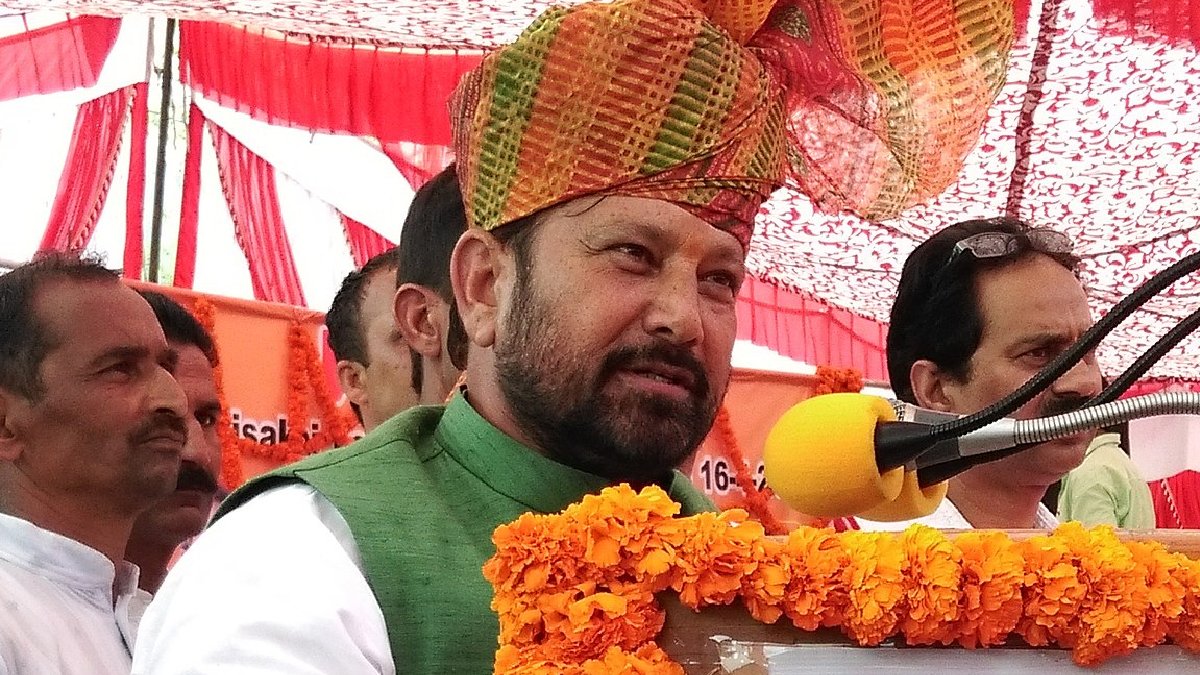
India to be 3rd largest buyer of passenger planes with an order of 1080
But an aviation think-tank has said, "Aircraft induction on this scale will require massive infrastructure development, skilled resources and aircraft financing at a pace that has not been seen before
As the government pushes ahead to develop the country's air travel industry with increasing impetus on the domestic market and a focus on the non-conventional routes between smaller cities, the airlines seem to be playing their part.
The industry is set to order over a thousand new aircraft which would make India the third largest buyer of commercial planes in the world. Such a big order will leave the country only behind the US and China.

The orders for aircraft by the airline companies in India is set to touch the 1,080 mark, which would take the ratio of the number of planes ordered for everyone already in service to 2.2, according to a report released by Centre for Asia Pacific Aviation (CAPA), a Sydney-based aviation think-tank.
At present, it is estimated that there are around 480 aircraft in the country with a total of 880 planes on order. And most of these orders are reported to be placed by low-cost carrier companies such as IndiGo and SpiceJet.
And this figure is expected to cross the 1000 mark as full-service carriers such as Jet Airways and Vistara are to set to order more aircraft in the coming weeks. This will mean that for every plane already in use another 2.2 planes have been placed on order. Such a ratio would be the highest of all major aviation markets in the world.
Though the growing numbers of aircraft in service would be considered a positive, it also brings concerns with it. Out of the expected 1,080 on order, only 400 are expected to arrive within the next 5 years and the other 700 are scheduled to be delivered in the next 10. This though excludes those orders which are yet to be placed and equipment which are to be taken on lease.
Do Indian airports have enough infrastructure?
"Aircraft induction on this scale will require massive infrastructure development, skilled resources and aircraft financing at a pace that has not been seen before in India," mentioned the CAPA report.
And according to the report, such challenges related to the infrastructure could make the growth of the industry tougher as well as lead to fall in operating standards and network economics.
"Parking bays and runway slots will become increasingly scarce over the next few years, especially at metro airports. Signs of congestion are already emerging at Mumbai, Chennai and Delhi and the situation will become more acute unless airports are able to construct 400 parking bays and enhance airside capacity within five years. Otherwise, airlines will face challenges in implementing their base and network plans," the report added.
As per reports, while in March this year, India became the third-largest domestic aviation market in the world, with its domestic air passenger traffic reaching 100 million, which was behind only the US (719 million) and China (436 million). This though was not matched by the growth in its infrastructure. The financial year ending March this year saw Mumbai airport beat London's Gatwick to become the world's busiest airport with a single runway.
Safety risks
Safety is also being considered a major challenge that such high growth would bring as the many news reports of near-collisions being reported, point out. "The projected industry growth rates will heighten safety risks due to the regulator being overstretched. Institutional strengthening of the DGCA is a national interest issue. If unaddressed, another downgrade by the FAA (Federal Aviation Administration, US's civil aviation regulator) cannot be ruled out. India's regulator, the DGCA, will struggle to provide adequate regulatory oversight for the projected size of the market," said the report. It also added that the Directorate General of Civil Aviation (DGCA), is already under-resourced and short of expertise to meet current requirements.
"The increase in airprox incidents (when two aircraft are within 30 seconds of colliding with each other) in the last 12 months is a concern. In addition, it will be stretched by the entry of new operators and equipment as a result of the launch of the Regional Connectivity Scheme. If oversight capabilities are left unaddressed, another FAA downgrade to Category 2 is not out of the question," the report has also noted.
And the situation of the pilots is also a concern with companies trying to hire each other's pilots a growing reality. In order to counter this, the DGCA is expected to increase the notice period for pilots to exit from six to 12 months.
OneIndia News


 Click it and Unblock the Notifications
Click it and Unblock the Notifications

































